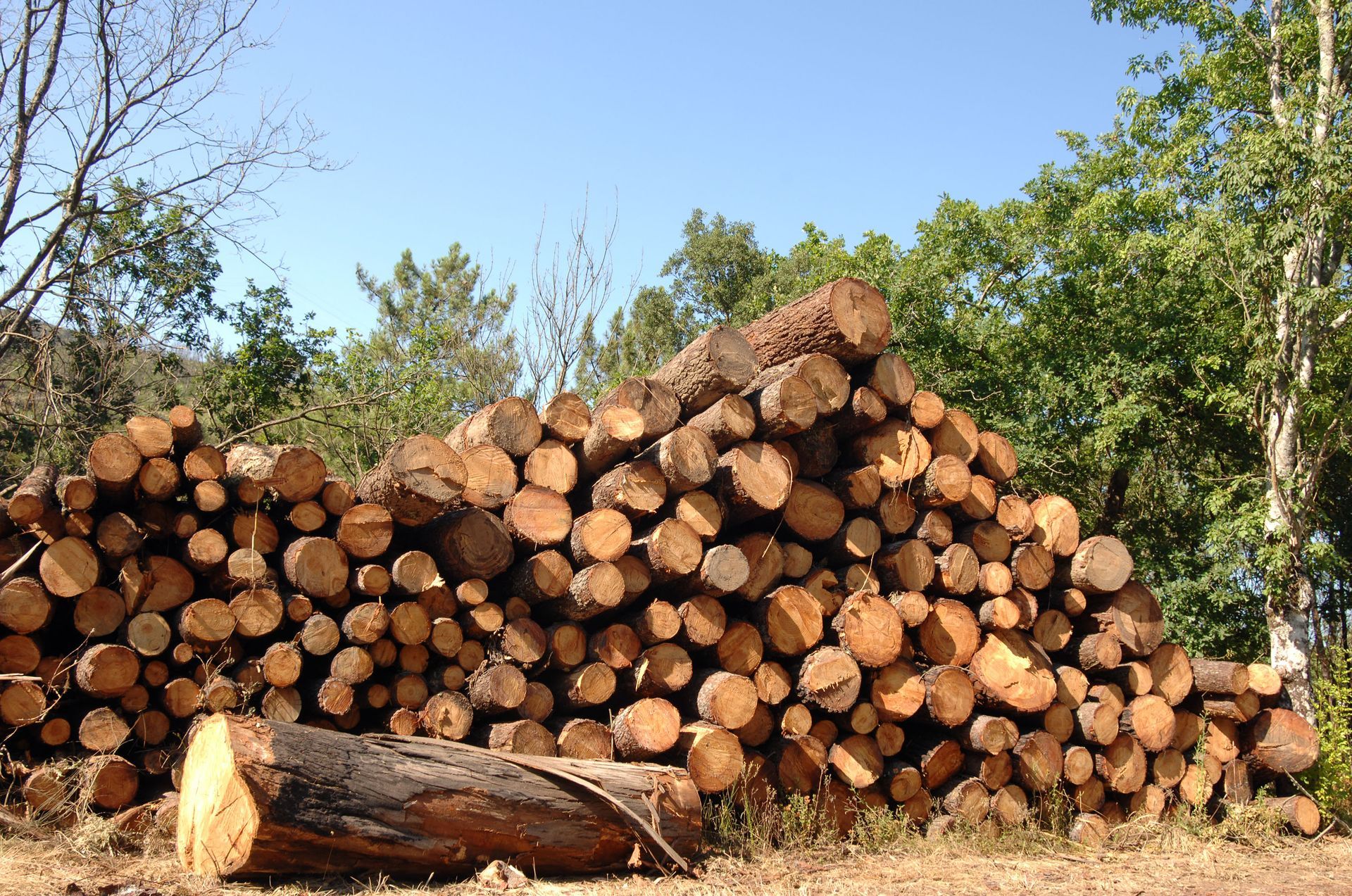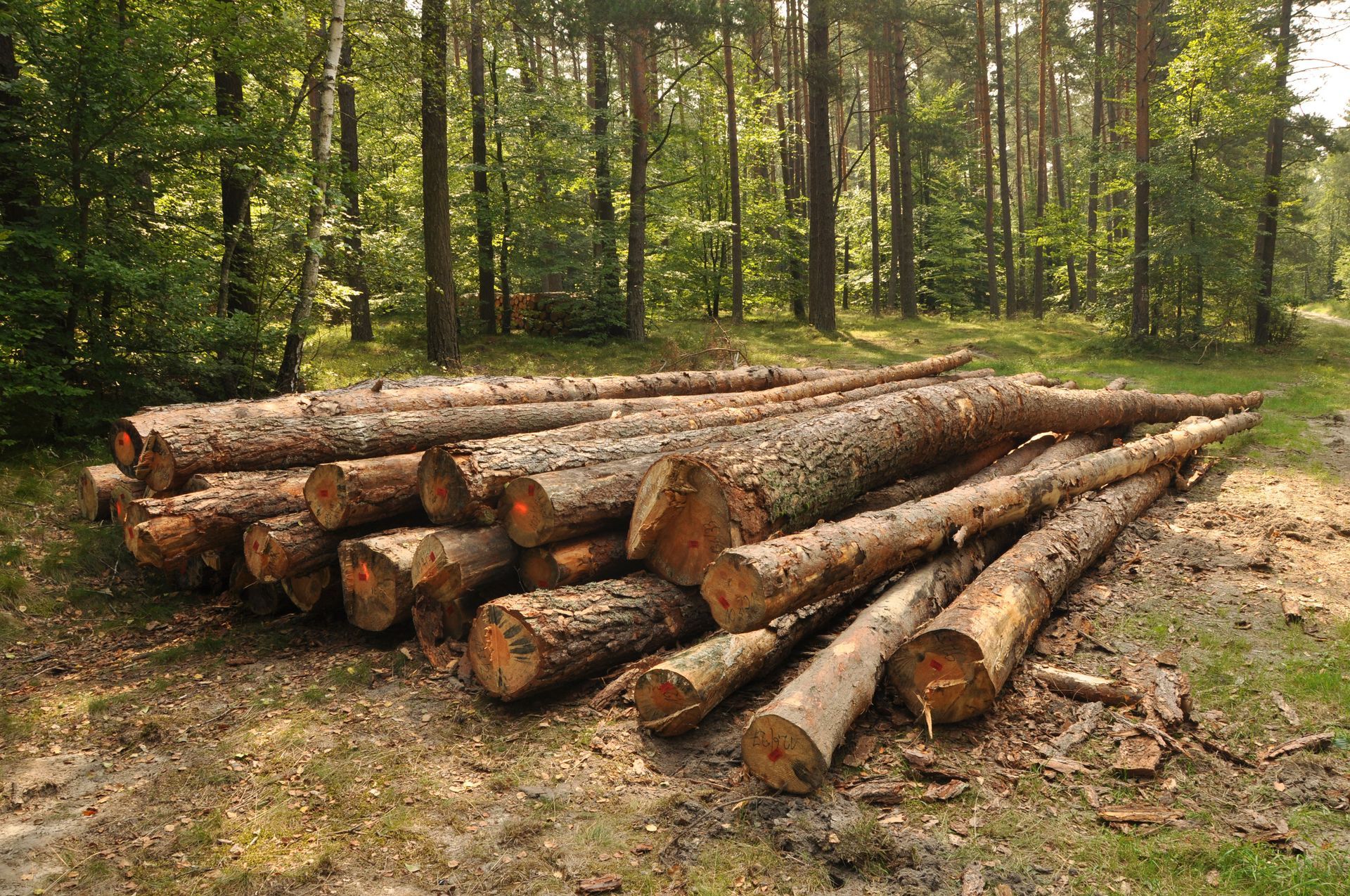October 30, 2025
This article explores the complex relationship between logging activities and forest management practices, highlighting the various ways logging can influence ecological, economic, and social aspects of forest ecosystems. By understanding these impacts, stakeholders can adopt more sustainable management strategies. According to Data Intelo, the global forestry and logging market size is projected to reach around $187.1 billion by 2032, growing at a compound annual growth rate of 3.8% during the forecast period. This significant growth emphasizes the increasing role of logging in both domestic and international markets, urging the need for comprehensive forest management practices. Balancing logging practices with sustainable management is crucial for the long-term health of forest ecosystems and surrounding communities.
Logging and Its Historical Context
Logging has been a critical part of human development, evolving significantly from manual axe and saw operations to advanced mechanized techniques. The Industrial Revolution marked a turning point with steam-powered machinery, enhancing the efficiency and reach of logging activities. As the demand for timber grew, innovations like chainsaws and skidders emerged, revolutionizing the industry. In recent decades, the emphasis has shifted towards sustainable practices, with a focus on minimizing ecological footprints. These changes reflect an ongoing adaptation to technological advancements and environmental awareness within the industry.
Early Logging and Its Effects on Forests
Early logging practices were largely unsustainable, leading to widespread deforestation and habitat destruction. Without regulation, forests were cleared rapidly to meet the demands of expanding urban areas and agricultural land. This not only reduced forest cover but also affected biodiversity and ecosystem services. The environmental impact was often compounded by soil erosion and changes in hydrological cycles. Acknowledging these consequences has been crucial in shaping contemporary forest management policies aimed at mitigating such adverse effects.
Development of Regulations and Policies
The detrimental impacts of early practices led to the development of regulations and policies to safeguard forest ecosystems. Governments and international bodies have since established a framework of laws to guide sustainable logging and forest management. Policies such as the Forest Stewardship Council (FSC) certification and REDD+ initiatives encourage responsible forestry practices. These policies aim to balance ecological protection with economic needs, reflecting a growing acknowledgment of the complex interplay between industry, environment, and society. Compliance with these regulations ensures long-term resource availability and ecosystem health.
Ecological Impacts of Logging on Forest Ecosystems
Logging contributes significantly to deforestation, directly reducing forest cover and leading to habitat loss for numerous species. Forest ecosystems rely on an intricate balance, and the removal of trees disrupts this, leading to cascading negative effects on biodiversity. Habitat fragmentation, resulting from logging roads and clear-cuts, poses further challenges to wildlife. This can result in reduced genetic diversity as populations become isolated. Effective management strategies are thus needed to minimize logging's detrimental environmental impact.
Effects on Biodiversity
Logging activities can dramatically alter habitats, leading to changes in species composition and diversity. The removal of trees not only affects plant species directly but also impacts the animals that rely on them for food and shelter. Consequently, logging can lead to a decline in species richness and alter ecosystem dynamics. Preserving biodiversity is critical for maintaining ecosystem resilience and function. This necessitates the implementation of logging practices that prioritize biodiversity conservation and habitat protection.
Soil and Water Quality
Logging operations can negatively impact soil quality through compaction and reduction in organic matter, affecting nutrient cycling and soil structure. These disturbances often lead to increased soil erosion, which can result in sedimentation in nearby water bodies, altering aquatic habitats. Additionally, the removal of trees can disrupt water retention in soil, leading to alterations in local hydrology and increased runoff. This can exacerbate the risk of floods or reduce water availability during dry periods. Sustainable logging practices must therefore consider and mitigate their potential impacts on soil and water quality.
Socioeconomic Impacts of Logging
The logging industry provides crucial economic benefits, creating jobs and contributing to the global economy through the production and trade of timber and related products. As per Data Intelo, the market for forestry and logging is expected to grow significantly, further highlighting the industry's economic relevance. This growth equates to increased employment opportunities, positively impacting local economies, especially in rural areas. However, employment models must align with sustainable practices to ensure long-term economic stability. Balancing economic pursuits with ecological conservation remains a pivotal aspect of modern logging-related policymaking.
Impact on Local Communities
Logging activities can have profound effects on local communities, altering social and economic dynamics. In many areas, logging is a key source of income, supporting livelihoods and infrastructure development. However, conflicts may arise over resource use, leading to tensions between stakeholders. Ensuring that logging practices are inclusive and consider community needs is essential for fostering sustainable local development. Effective community engagement and benefit-sharing mechanisms are vital in promoting harmonious coexistence and ensuring equitable resource distribution.
Conflicts and Land Rights
Land rights and access to resources often lie at the heart of conflicts surrounding logging operations. Many indigenous and local communities have traditional ties to forests, leading to disputes when logging infringes upon these areas. Ensuring the recognition of land rights and engaging communities in decision-making processes are key steps in resolving such conflicts. Policies and initiatives focused on land tenure security can help balance community interests with industry needs. Collaborative approaches are essential for conflict resolution and fostering sustainable forest management.
Sustainable Logging and Management Strategies
Certification programs like those offered by the Forest Stewardship Council (FSC) play a pivotal role in promoting sustainable logging practices. These programs advocate for responsible forest management by ensuring compliance with environmental, economic, and social standards. Eco-labeling provides consumers with information to make environmentally conscious purchasing decisions. Widespread adoption of certified products can drive the entire industry towards greater sustainability. Such initiatives are central to balancing market demands with ecological preservation and enhancing the integrity of forest management strategies.
Reduced Impact Logging Techniques
Reduced Impact Logging (RIL) techniques focus on minimizing the environmental damage caused by traditional logging operations. These methods involve careful planning and execution to reduce canopy gap creation and soil disturbance. By employing advanced machinery and strategic logging practices, RIL can mitigate negative ecological effects. This approach not only preserves forest structure and biodiversity but also improves operational efficiency and profitability. RIL implementation is an example of integrating ecological awareness into practical forestry operations, fostering sustainable management outcomes.
Community-Based Forest Management
Community-based forest management (CBFM) involves local stakeholders actively participating in the management and conservation of forest resources. This approach recognizes the value of traditional knowledge and empowers communities to steward their ecosystems sustainably. Successful CBFM programs result in improved resource conservation, biodiversity protection, and economic opportunities for local populations. The inclusion of diverse perspectives enhances decision-making processes and promotes equitable resource distribution. Consequently, CBFM represents a holistic strategy for achieving long-term ecological and socioeconomic sustainability in forest management.
By implementing innovative strategies, stakeholders can significantly enhance forest management practices, promoting healthier ecosystems and more resilient communities. A comprehensive understanding and adaptation to the diverse impacts of logging are crucial for achieving long-term sustainability goals. This involves adopting a multi-faceted approach that integrates policy frameworks, technological advancements, and collaborative efforts among stakeholders. Ultimately, sustainable forest management represents a collective responsibility, ensuring the well-being of our natural resources and future generations. Take the next step toward sustainable forestry and partner with Luft Logging today and help protect our forests for future generations.


